This week, we’re bringing you another tasty snippet from the CEN resource on How the Brain Works. Here we reflect on the consequences of the often forgotten but completely fascinating fact that our brains weren’t designed or made, but have slowly and organically evolved over millions of years…
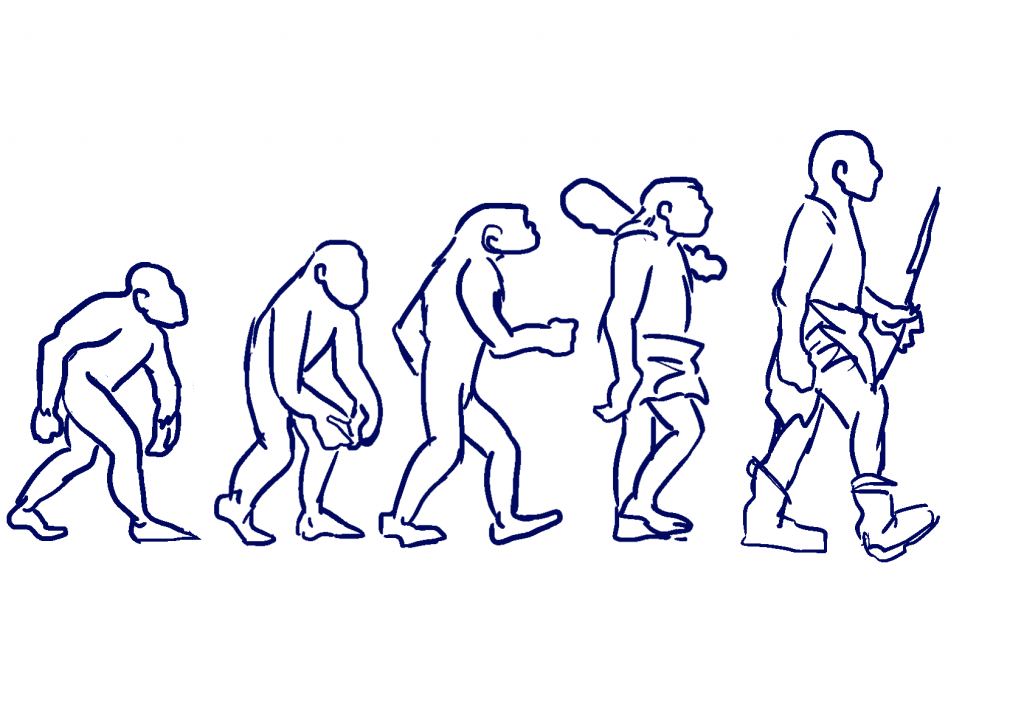
THE HUMAN BRAIN IS THE PRODUCT OF EVOLUTION
…BUT DOES THAT MATTER FOR HOW IT WORKS?
The instructions to build the brain – written in DNA – turn out to be more detailed for parts of the brain with a longer evolutionary history of retaining the same function. There’s been more time for biological trial and error to figure out the instructions to build specific structures tuned to specific functions.

Longer evolutionary history also tends to mean these instructions (or similar versions) are shared with other similar animals lying on the same branch of evolution’s family tree. In our case, that means in the branch of: vertebrates (backboned animals); sub-branch: mammals; sub-branch: social primates. A lot of the build plans are similar across similar species.
The general plan for building a body with a brain goes back a long way, perhaps 450 million years; the plans for brain cells – neurons, with their connections, electrical properties, and neurotransmitters – still further. As we’ll see, one bit of the brain is particularly enlarged in humans – the outer layer or cortex. In evolutionary terms, this greater amount of cortex is a recent addition. Therefore instructions to build components within the cortex are less detailed, and they depend more on development for their sculpting. By contrast, other bits of the brain, such as those responsible for the emotions, look almost identical in humans and chimpanzees.
~ EVOLUTION INNOVATES AT THE PERIPHERY ~
First, evolution tends to innovate at the periphery. The new things that mark out a new species tend to be in the structure and function of its body (including the movements it can perform), its organs, and its sensory equipment. When it comes to the brain, the innovations are less specific, but tend to involve tweaking the general build plan used in this branch of the family tree: some parts of the brain grow bigger, some smaller, but the types of structure are the same. Evolution modifies the existing plan, more here, less there; it doesn’t build a new brain piece and add it in.

Take bats. They can navigate in the dark using sound. But there is no special new part of the bat-brain for navigating using sound. The ability to emit ‘ping’ noises, and enhanced hearing to differentiate the echoes that come back, are innovations. The bat brain uses similar types of brain structures to other mammals, but develops in them the ability to combine sound information to guide flight and not bump into cave walls.
What are the specific innovations in humans, separate from other social primates? We stand upright. We have hands and vocal articulators (lips, tongue, vocal cords) evolved to allow precise movements and speech production. Rib muscles that allow us to generate a smooth flow of air over the vocal cords to produce speech (this works fine so long as we’re not laughing). One particular part of the brain, the cortex, has grown bigger, giving us more thinking power. More on this later.
~ EVOLUTION ONLY IMPROVES WHAT IT ALREADY HAS ~
Second, evolution only improves what it already has. Over generations, the build plans for the body and brain can be changed and improved, but they are modifications of previous plans. This means solutions aren’t necessary the best ones. As the joke goes, a tourist asks, ‘How do I get to London?’ and gets the reply ‘Well, I wouldn’t start from here.’ A desktop computer may be better suited for solving some problems the human brain faces, but evolution has committed to doing things with neurons, with whatever limitations that involves. Evolution can only improve what neurons can do; it can’t switch to silicon.
~ YOU DON’T HAVE TO USE SOMETHING FOR WHAT IT WAS MADE FOR ~
Third, you don’t have to use something for what it was made for. The visual system was designed to recognise the physical world (objects, scenes) and social stimuli (faces, bodies) 1. But – once human culture had invented reading – each new generation of humans could then use the visual system to learn to read. This point has a second part: but if you use it for something different, it may not work perfectly.
 So, the visual system has been designed to recognise objects from whatever viewpoint: a coffee cup is a coffee cup if seen from the left, the right, or upside down. But in English, we asked children to learn that p, q, b, and d are all different letters, corresponding to different speech sounds. To the young child’s visual system, these all look like the same object (a round bit with a tail) viewed from different angles. It takes months, maybe years of learning to overcome the brain’s preference to interpret what it sees in terms of movable objects, and this is why children learning to read in English often mix up their b’s and d’s, and their 6’s and 9’s.
So, the visual system has been designed to recognise objects from whatever viewpoint: a coffee cup is a coffee cup if seen from the left, the right, or upside down. But in English, we asked children to learn that p, q, b, and d are all different letters, corresponding to different speech sounds. To the young child’s visual system, these all look like the same object (a round bit with a tail) viewed from different angles. It takes months, maybe years of learning to overcome the brain’s preference to interpret what it sees in terms of movable objects, and this is why children learning to read in English often mix up their b’s and d’s, and their 6’s and 9’s.
Lastly, when it comes to big changes in brain structure evolution always takes longer than you think. The brains of humans 5,000 years ago, even 50,000 years ago, looked pretty much the same as our brains now.

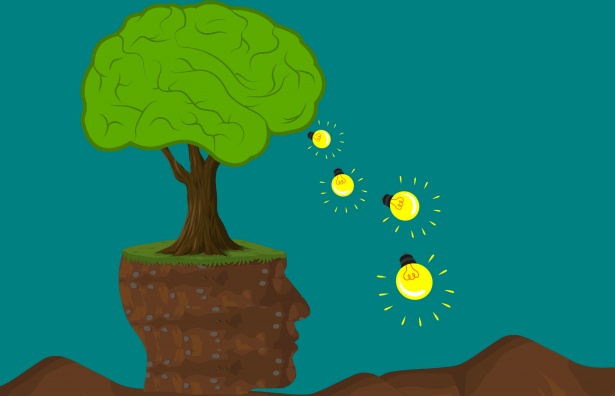

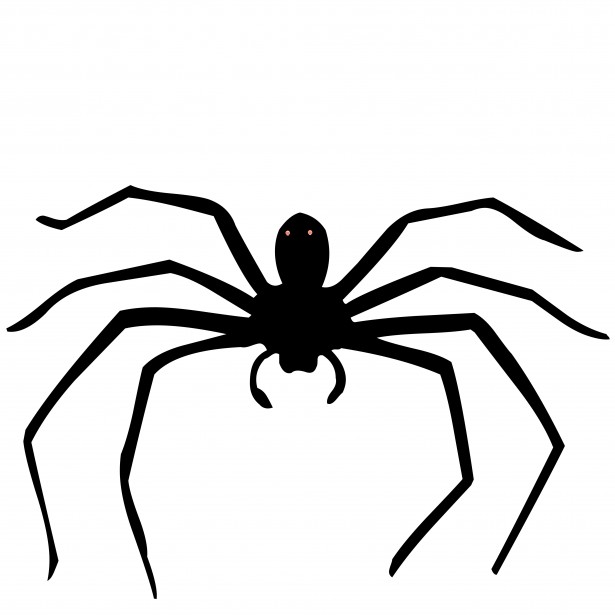
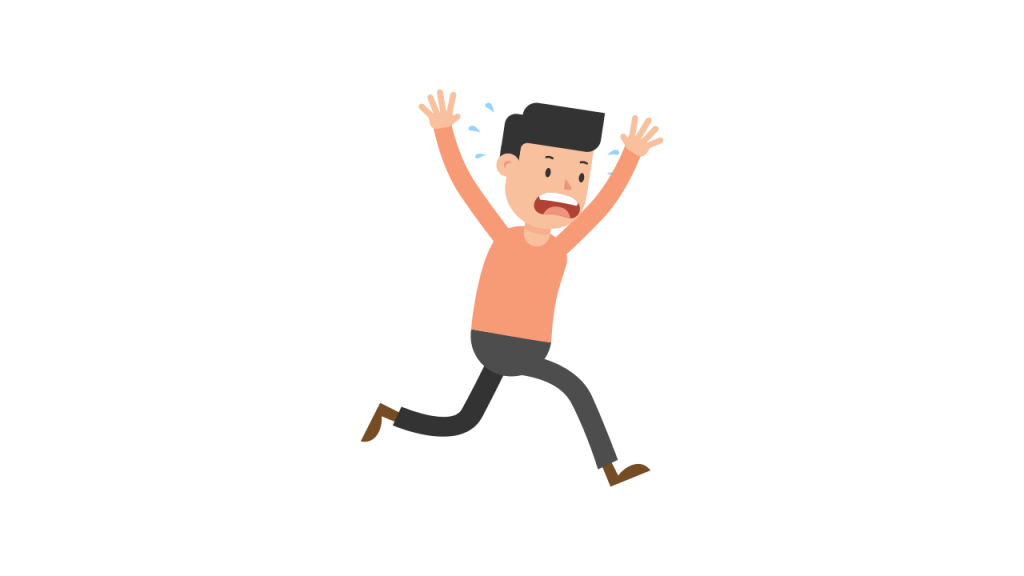 spider, cold cognition recognises the visual pattern, hot cognition gets worried, the body is informed that its heart should race in preparation for fight-or-flight action, and cold cognition prepares the instructions to jump. The layers work together as an integrated whole.
spider, cold cognition recognises the visual pattern, hot cognition gets worried, the body is informed that its heart should race in preparation for fight-or-flight action, and cold cognition prepares the instructions to jump. The layers work together as an integrated whole.
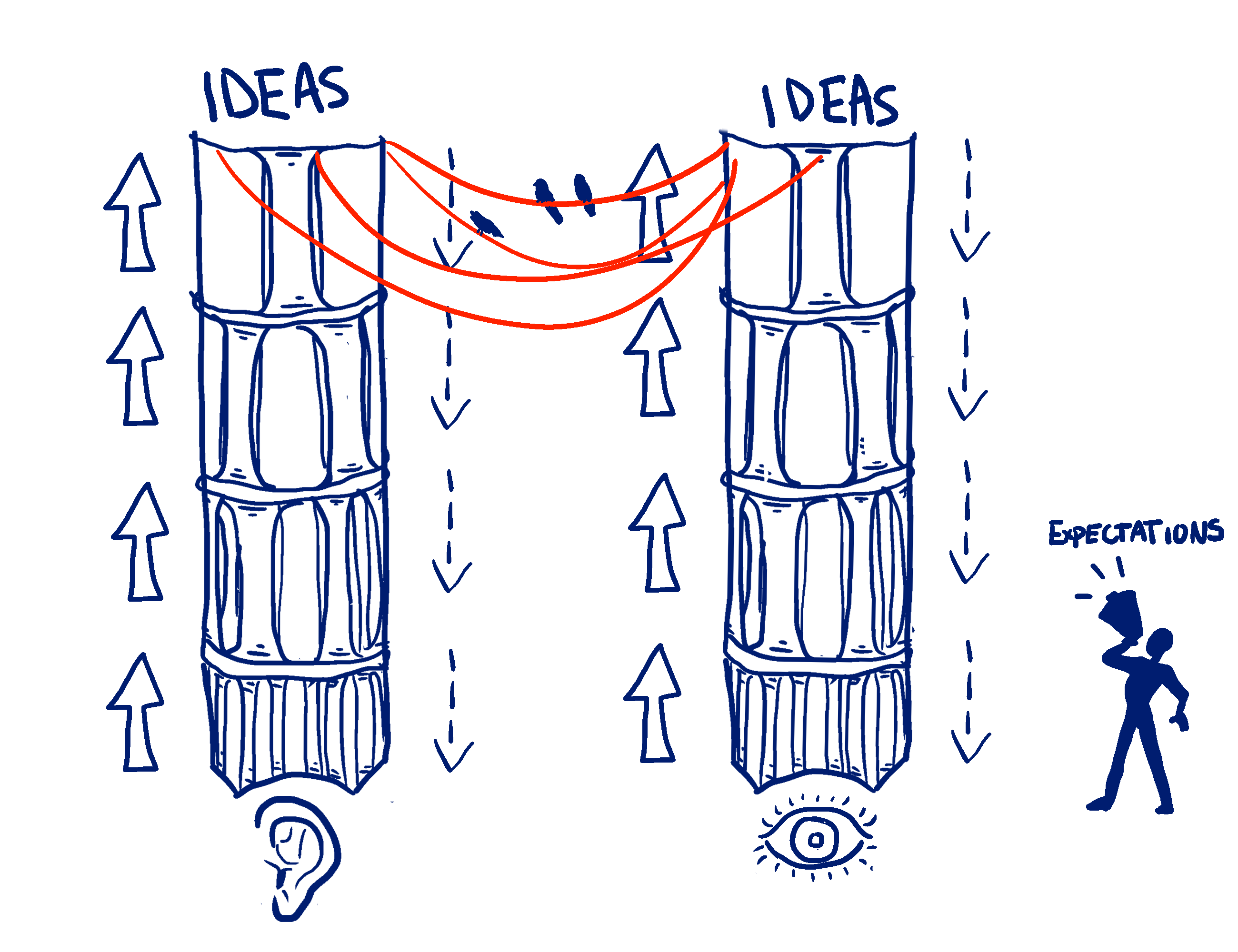
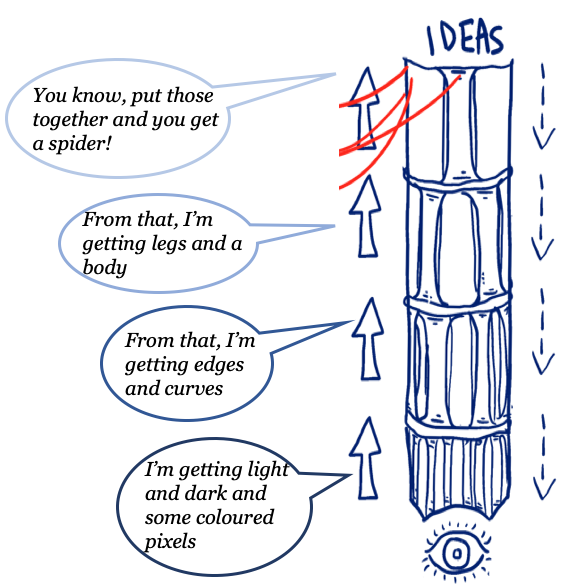 patterns.
patterns.



 So, the visual system has been designed to recognise objects from whatever viewpoint: a coffee cup is a coffee cup if seen from the left, the right, or upside down. But in English, we asked children to learn that p, q, b, and d are all different letters, corresponding to different speech sounds. To the young child’s visual system, these all look like the same object (a round bit with a tail) viewed from different angles. It takes months, maybe years of learning to overcome the brain’s preference to interpret what it sees in terms of movable objects, and this is why children learning to read in English often mix up their b’s and d’s, and their 6’s and 9’s.
So, the visual system has been designed to recognise objects from whatever viewpoint: a coffee cup is a coffee cup if seen from the left, the right, or upside down. But in English, we asked children to learn that p, q, b, and d are all different letters, corresponding to different speech sounds. To the young child’s visual system, these all look like the same object (a round bit with a tail) viewed from different angles. It takes months, maybe years of learning to overcome the brain’s preference to interpret what it sees in terms of movable objects, and this is why children learning to read in English often mix up their b’s and d’s, and their 6’s and 9’s.